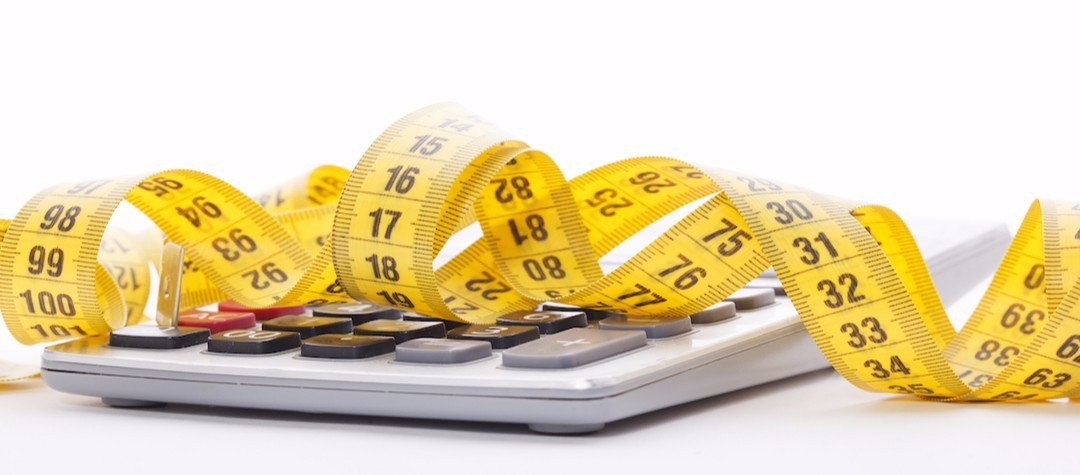Calculating your energy requirements, especially when you are trying lose or maintain weight is important and can easily be done through a simple calculation.
Given the number of fad diets, fanciful theories and dubious exercise regimes out there, you would be forgiven for thinking that the whole business of weight loss, metabolism and calorie expenditure was highly complex. But maintaining a stable body weight is not rocket science. If you can solve the energy equation, the number you see when you step on the scales will not change. And here’s the formula:
IF CALORIES IN = CALORIES OUT: WEIGHT GAIN = 0
In other words, keep the amount of energy consumed and the amount of energy expended equal, and your weight will remain stable. If you want to lose weight, then you need to take in fewer calories than you expend, or increase the number you burn through activity. Ideally, do both — sensibly. Simple!
With a little vigilant label-reading and a beady eye on portion sizes, it isn’t too difficult to estimate how many calories you are consuming. But what about the ‘energy out’ side of the equation? Total Energy Expenditure (TEE) is a product of three things:
- Your resting metabolic rate (the amount of energy needed to enable the body to function over a 24-hour period)
- The amount of energy used in digesting and processing food (known as the thermic effect of food, and not enough of a contributing factor to get too excited about) and finally …
- The amount of calories you expend during activity (both with and without your training shoes on). This final factor is the one that has the greatest potential for change — it can account for between 15 to 30 per cent of your TEE — which is why exercise is such a crucial part of any successful, sustainable weight loss program.
You can get a good estimation of your average total daily energy expenditure, encompassing all three of the main components, by filling in the following sums.
1. Find your weight in kilograms (1kg = 2.2lb).
2. Put your weight into one of the following formulae to get a resting metabolic rate:
Women
18 to 30 years old: weight x 14.7. Answer + 496 = RMR
31 to 60 years old: weight x 8.7. Answer + 829 = RMR
Men
18 to 30 years old: weight x 15.3. Answer + 679 = RMR
31 to 60 years old: weight x 11.6. Answer + 879 = RMR
3. Now take this figure and multiply it by the number below that most closely matches your typical daily activity level. This should NOT include activity in the form of workouts or sports (that comes next) — it is simply your day-to-day activities. The majority of us would be described as sedentary.
Sedentary (sit or stand most of the day) 1.4
Moderately active (some walking each day and regular active leisure pursuits such as gardening, DIY) 1.7
Very active (physically active each day through work or leisure) 2.0
4. Now estimate the number of calories you expend on all the workouts you typically do in a week, and divide the figure by 7 to get an average daily value. Use the figures on the 10 Rules for Fat Burning Exercise feature chart to help you gauge your workout energy expenditure. Remember, the heavier you are, the more energy you burn during any activity.
TOTAL EXPENDITURE divided by 7 = ____________
5. Add together the results from stage 3 and 4 and you have a reasonable estimate of how much energy you need per day to maintain your current body weight.
Now all you need to do is keep the balance right!















